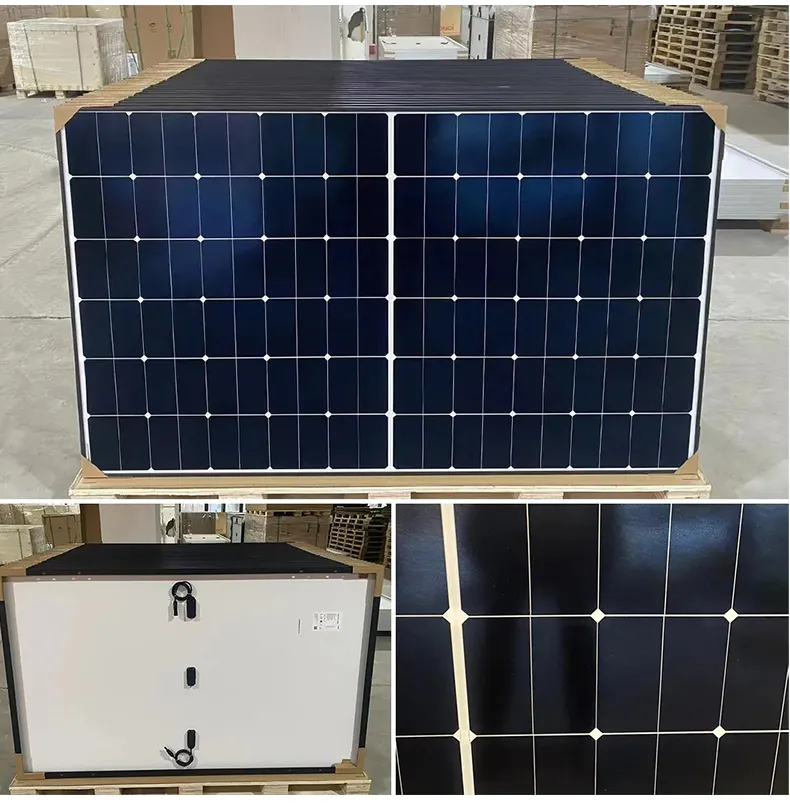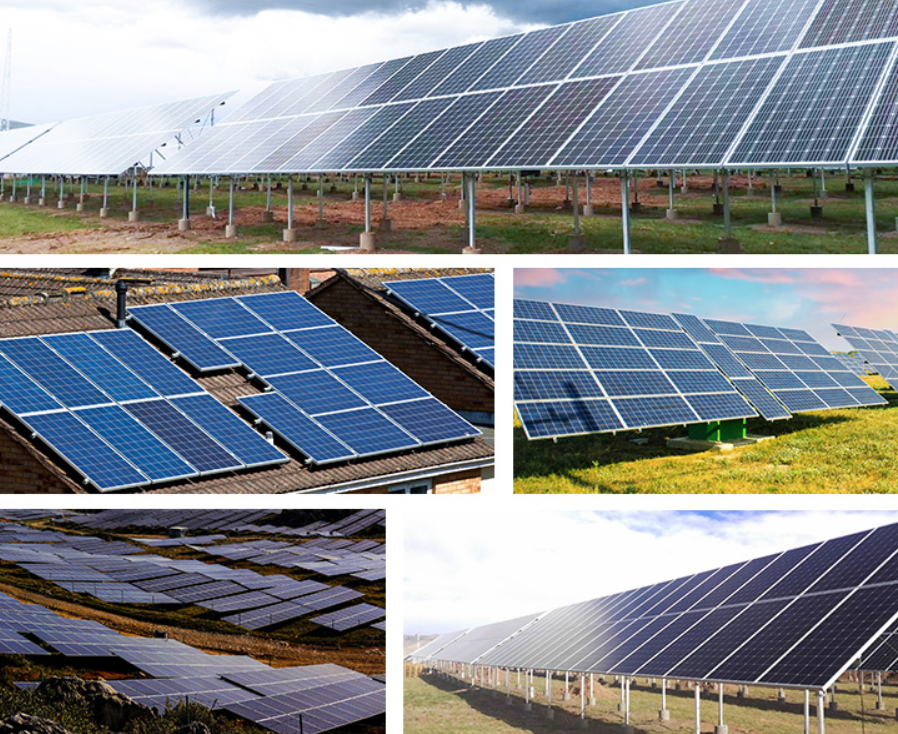In 21 cities and tens of thousands of LED street lights, the total value of this large-scale project is at least 100 billion yuan, and the currency unit is about 16 billion US dollars. This is of course a very conservative estimate. For such a big cake, who wouldn't want to get a piece of it? What's more exciting is that this cake was thrown out during the global financial crisis, and China's financial investment opportunities have attracted the attention of the world.
Therefore, China has become a strategic position for many world-class enterprises. Especially since the outbreak of the financial crisis, the Chinese market has been regarded by foreign companies as the largest business growth region in the future. This is the consensus of the entire world economic community. Even Philips Global CEO Gerard J. Kleisterlee has to admit that Philips will focus on energy-saving business in China because it is currently the fastest growing city. “Now many Chinese municipal governments want to be able to do some energy. Aspects of LED lighting technology. And this is our focus."
Yes, Mr. Kozley talked about the key point, that is, the city government, which is the marketing goal of their “building city movementâ€. The executives and purchasers of the “Ten Cities and Ten Thousand Miles†program are the government administration departments of 21 cities. In terms of the popular language defined by the nature of the project, this is the municipal project, and the government is of course the target group that needs marketing.
Marketing Government In the traditional sense, the city-building movement refers to the implementation plan of promoting a city or a region to achieve urbanization goals. In the context of the lighting energy-saving industry, we define the city-building movement as: marketing behavior of a city's energy-saving lighting project as a business unit. The more common metaphor is: the lighting design, transformation and implementation of a single building, but now is the design and implementation of a city's overall lighting system.
The “city-building movement†and the public relations marketing of government departments have always been the marketing methods that international companies are good at and skilled. Their strengths are: technology, capital, products, talent, and more importantly, they are system solution providers that cross industry boundaries. This is unmatched by China's existing lighting electrical companies. Therefore, the public relations and promotion of municipal energy conservation projects in a certain city has become an inevitable way for Philips, Osram and GE.
Since mid-2008, Philips has launched marketing themed activities for “sustainable cities†in Nanjing, Shenzhen and Tianjin. On October 26th, Philips Lighting officially joined the “China Semiconductor Lighting Industry Allianceâ€; on October 29th, just a week ago, Philips signed a memorandum of understanding with the Tianjin Eco-City Joint Venture to jointly develop an ecosystem that meets the needs of China's urbanization development. home. Through the strict control of various key performance indicators such as renewable energy, waste management and green buildings, Tianjin Eco-City has become a natural test site for ecological technologies and solutions. Philips is investing not only in technology and products. And there are funds.
“Lifestyle†and “ecological city†have always been around the corporate philosophy advocated and pursued by Philips.
Of course, as the world's top 500 GE companies and Germany's Siemens are not to be outdone, not willing to squander in this round of cake competition, they are also actively expanding in China's cities.
On November 2nd, Luo Bangmin, the global vice president of GE in the United States, and his party visited Xi'an without stopping. Sun Qingyun, secretary of the municipal party committee, personally met. Luo Bangmin made it clear that GE is very willing to strengthen cooperation with Xi'an in the fields of clean energy and green lighting industry, and actively expand cooperation areas.
Jiangcheng confronts Jiangcheng Wuhan, which is a battle zone where their three giants meet each other.
On November 1st, GE held a seminar called “Ten Cities and Ten Thousands of GE Lighting Solutions†in Wuhan, and officially announced that it would join the 36,000 LED energy-saving lamps market in Wuhan to ridicule the battle.†It is worth noting that GE Eight executives from Greater China and the Asia-Pacific region visited Wuhan collectively. It is not difficult to see GE's determination and confidence in the LED street lighting project.
Within three years, Wuhan will invest 60 million yuan to install 36,000 LED semiconductor lighting street lamps in the city. In the future, Wuhan will become the core gathering area of ​​the central and domestic LED industry. This big order has made all relevant companies boil.
And GE executives also said, "We look forward to localizing our technology and hope to find a cooperative enterprise in Wuhan." The implication is that the future intention is to directly participate in the LED market project bidding in Wuhan, and intend to find a Wuhan cooperative enterprise, even to set up a factory in Wuhan. .
Coincidentally, a few days ago, Philips Lighting's green lighting lodge in the downtown area of ​​Jianghan Road in Wuhan was officially unveiled. Jiangcheng people experienced the lighting environment created by Philips Lighting. It is during this period that Siemens executives visited the Wuhan Municipal Government and relevant departments to try to reach a consensus on certain projects or plans.
Gathering in Jiangcheng, fighting against each other? I believe that this is not just a real story in Wuhan, but other cities in China have already or will soon happen quietly.
In the chaos?
Who is the winner now is still inconclusive. However, a battle for competition has already begun in China. Then, while we are paying attention to the lively scenes of the three giants, what kind of attitudes and actions does China’s semiconductor lighting companies have at this moment? Because Chinese lighting companies are also an indispensable important role in this battle. . Can Chinese lighting companies “get advantage of chaos�
Some people say that Chinese lighting companies are no more than the three giants in terms of capital, technology and talents. However, Chinese companies have the advantage of localization. The Chinese government’s own big orders cannot all be given to foreign-funded enterprises. It is also said that Chinese companies are no less than foreign brands in their products, and that China's national conditions are more personal, and they know how to operate Chinese municipal projects better than foreign companies. Of course, we can only attribute these claims to sentiment theory. In the formal economic market, commercial competition is more reasonable than sentiment theory.
Excluding all human factors and emotional factors, there is now debate and disagreement between Chinese and foreign companies on LED lighting products. At the GE Lighting Wuhan Symposium, there was a dispute between the two sides.
GE said that GE energy-saving lamps can save about 30% to 40% on average, and it takes about three to five years to recover costs and make a profit.
A Chinese LED company executive retorted at the meeting: their products can recover costs in 2 years, and the service life is definitely more than 10 years, energy efficiency can reach 82%, much higher than GE.
GE then refuted: Many LED manufacturers claim that their products have a service life of 50,000 hours. However, LED is a system. The life of this system is not determined by the life of LED tubes. In summary, the true life of LEDs is Not as high as the legend.
Obviously, foreign-funded domestic enterprises have obvious “self-talking†phenomenon in three key indicators: power saving effect, service life and price.
The reason for this controversy is the lack of LED national standards. Without an authoritative, formal standard, there is no clear measure of procurement, which can easily lead to a chaotic situation in the future LED lighting market. Experts expect the LED national standards to be introduced as soon as possible, to clarify a noisy right and wrong.
The debate is still going on, and the fight is still in the dark. In any case, this big market cake that ridicules the ten cities is very attractive, and the competition is also destined to be fierce.
Observing and thinking about the "investment + localization" strategy Foreign giants cleverly layout China's "building city movement" from the three giants, we clearly found a phenomenon, namely the operation of "project investment" and "resource localization" strategy .
Investment in projects means that foreign-funded enterprises provide huge financial support in addition to technical solutions to target projects, and even jointly invest with local governments to form joint ventures to jointly develop and meet the needs of urban lighting. The final realized benefits are shared by two or more parties. This is absolutely “cheap†for the local government or the implementation unit. It not only solves the funding problem, but also promotes the implementation of the green lighting plan. Foreign companies can use this joint venture to monopolize this municipal project.
The localization of resources refers to the local investment and joint venture to establish a new factory to achieve the goal of dividing and managing in various places. Foreign-invested enterprises import technology and talents, and the joint venture company uses local resources to carry out project operations. This can not only bring investment to the local area, but also create employment opportunities for local residents. More importantly, the tax revenue of future joint venture companies can be Entering the local fiscal revenue, you will get more.
It can be said that this is the best way to compete for municipal projects, and it is also the win-win situation that the local government most wants to see. Therefore, this is precisely the great advantage of foreign-funded enterprises relative to Chinese local enterprises, and it can provide a very favorable opportunity and environment for their clever layout in the Chinese market. For example, the Eco-city joint venture established by Philips Lighting in Tianjin, the joint venture between GE and Zhejiang Zhongqi, etc., or the future establishment of joint venture LED lighting factories in Wuhan, Dalian, Nanchang and Shenzhen.
A few powerful Chinese LED lighting companies have already stepped out of this step. For example, Dongguan Qinshang established a LED lighting production base in Henan and other places. A solar energy technology company in Zhongshan has also established manufacturing in Nanchang, Xinyu and Chengdu. The factory runs the strategy of “investing and setting up factories + resources localization†to promote the grand vision of the LED lighting industry in China.
Therefore, it can be boldly predicted that semiconductor lighting companies, especially lighting enterprises with LED outdoor lighting market as the main target market, will realize the scale of LED lighting industry in the future. The single competitive strategy of products alone is far from enough. It is the comprehensive integration of “technology + capital + product + resources + talentsâ€.

Customized Solar Panel, 100watt solar panel,200watt solar panel, big solar panel, high efficiency high quality solar modules
different power customized and OEM logo customized solar panel
Customized solar panel data
solar cell type
mono crystalline half cut cell
power range
50watt to max 700watt
size and weight
different size and different weight if the power is different
solar panel type
monofacial or bifacial
solar panel color
sliver or black
Product details and pic



Customized Solar Panel,Noncrystalline Solar Panel Module,Cheap Price Pv Solar Module,Solar Photovoltaic Pv Panel
PLIER(Suzhou) Photovoltaic Technology Co., Ltd. , https://www.pliersolar.com
